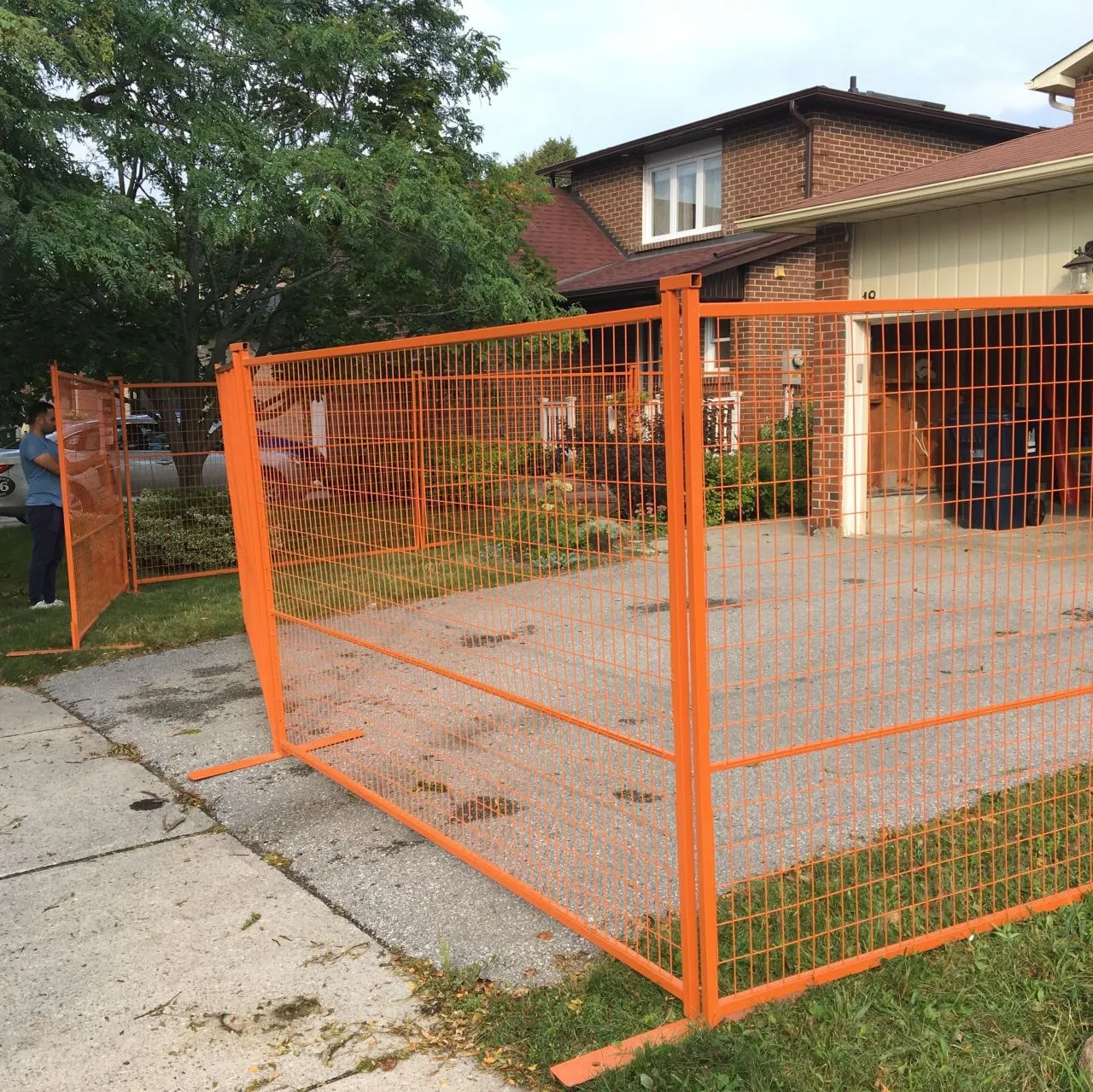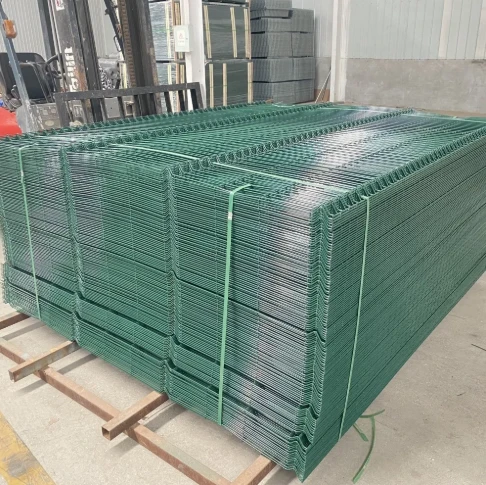When it comes to maintaining a functional and efficient livestock operation, the equipment you choose plays a pivotal role in ensuring productivity and safety.
One of the most crucial components in cattle management is the livestock panel. Comprising a substantial part of farming expenditure, choosing the right livestock panels is imperative for both small-scale and large-scale farmers. Here, we delve deep into what makes livestock panels indispensable, and how one can optimize their use to enhance the operations.

Livestock panels are versatile tools in animal husbandry, typically used to construct enclosures, feeding areas, and more. With their sturdy and reliable build, they are designed to withstand the wear and tear inflicted by various animals, including cattle, horses, and even more sensitive livestock such as goats or sheep. The durability factor cannot be overstated — these panels need to resist force while minimizing injury to animals. High-grade, rust-resistant steel is often the material of choice, ensuring longevity and resilience through adverse weather conditions.
From an expert perspective, the choice of panel must consider the size and type of the livestock. For instance, cattle panels often have wider-spaced bars and are taller to accommodate larger animals. Alternatively, panels used for smaller animals, like goats, would have narrower bar spacing to prevent them from getting stuck. The expertise involved in selecting the right panel is crucial, as the wrong choice could lead to frequent replacements, increased costs, and potentially, injury to the animals.

Livestock management professionals often recommend panels with loop legs for stability or panels that allow for easy connection. Using U-clips or bolt systems, panels can be quickly assembled or disassembled, offering flexibility in design and usage. Flexibility is critical in livestock management, as it allows for quick setup adjustments based on immediate needs — be it weather changes or scaling the operation. The experience of utilizing easily configurable systems contributes to operational efficiency, saving both time and labor.
Authoritatively, brands like Corral and Priefert have set benchmarks in livestock panel manufacturing. Their products are often tested under rigorous conditions to meet safety and endurance standards. Selecting panels from well-recognized manufacturers gives farmers peace of mind, supported by comprehensive warranties and robust customer service. These authoritative brands not only provide high-quality products but also offer consultations, assisting farmers in making informed decisions tailored to their specific needs.
10 livestock panels
Trust in the product degree significantly impacts purchasing decisions. Testimonials from longstanding livestock owners reflect user satisfaction and confidence in the panels' integrity over extended periods. The reliability of livestock panels strengthens operations, providing a safe and efficient solution to enclosure and segregation needs.
The integration of livestock panels into farming operations should also consider ecological impacts. Environmentally friendly practices include selecting panels made from recycled materials or those designed with a focus on durability to reduce the need for frequent replacements.
Safety, of course, is paramount. Practical experience confirms that appropriately chosen and installed panels tend to reduce escape incidents and minimize accidents. They also ensure controlled movement and feeding of animals, helping maintain the health and productivity of the livestock. Properly maintained panels also foster an environment that promotes humane treatment, creating a reliable and stress-free setting for the animals.
Choosing the right livestock panels affects more than just the structure of the farm; it impacts the welfare of the animals and the efficacy of the operation overall. Investing time in selecting the correct panel size, material, and configuration will yield significant returns regarding security, efficiency, and animal health. From years of accumulated experience and specialized knowledge in the field, it’s evident that the right livestock panels can transform an ordinary farm into an exemplary model of productivity and humane animal treatment.
























